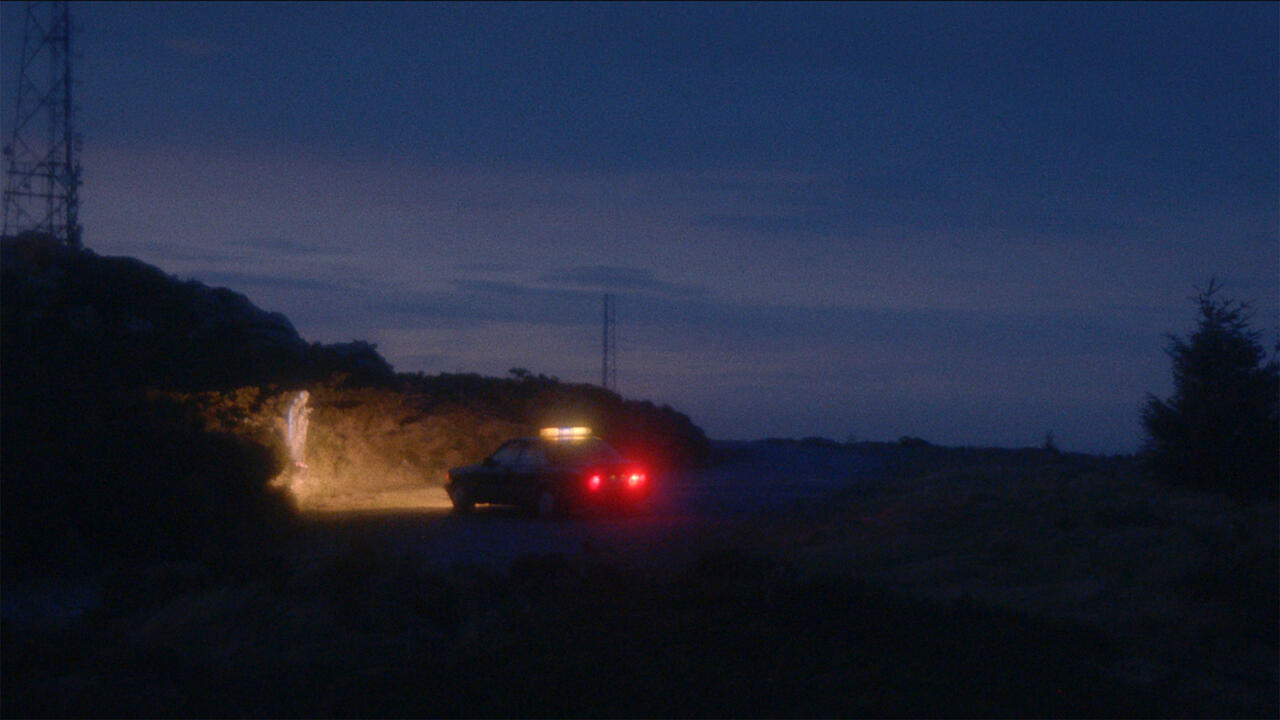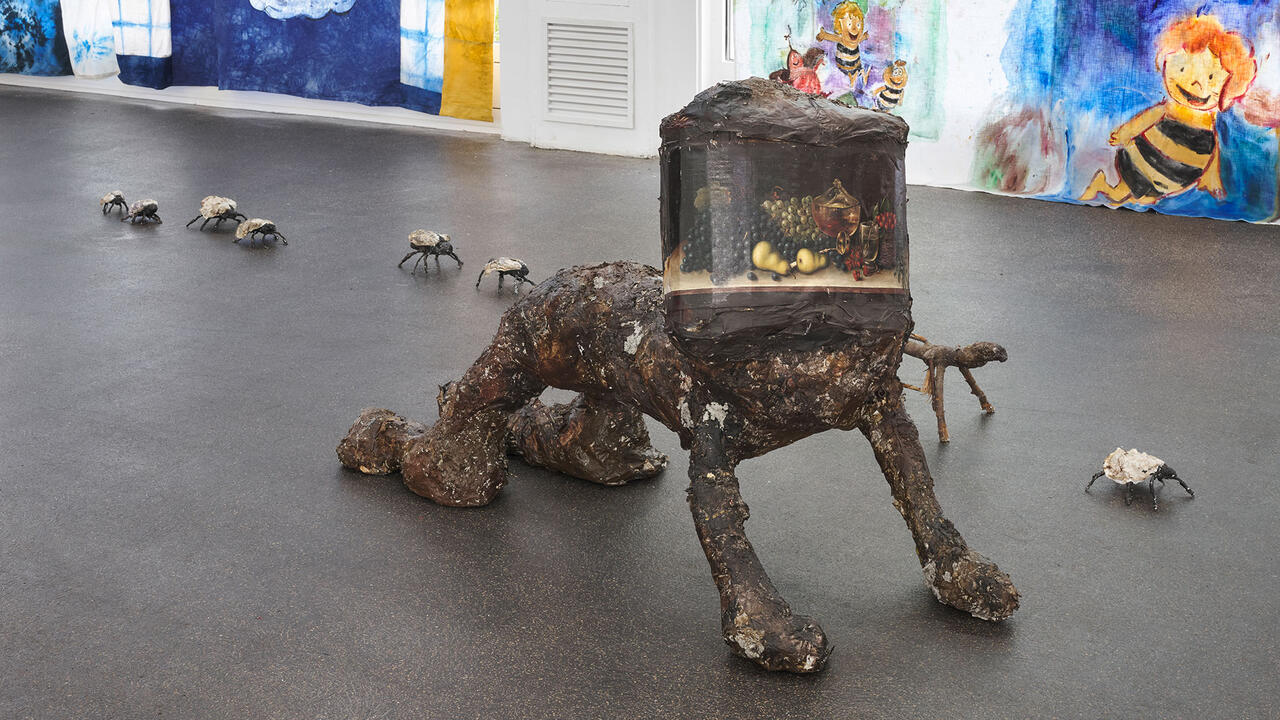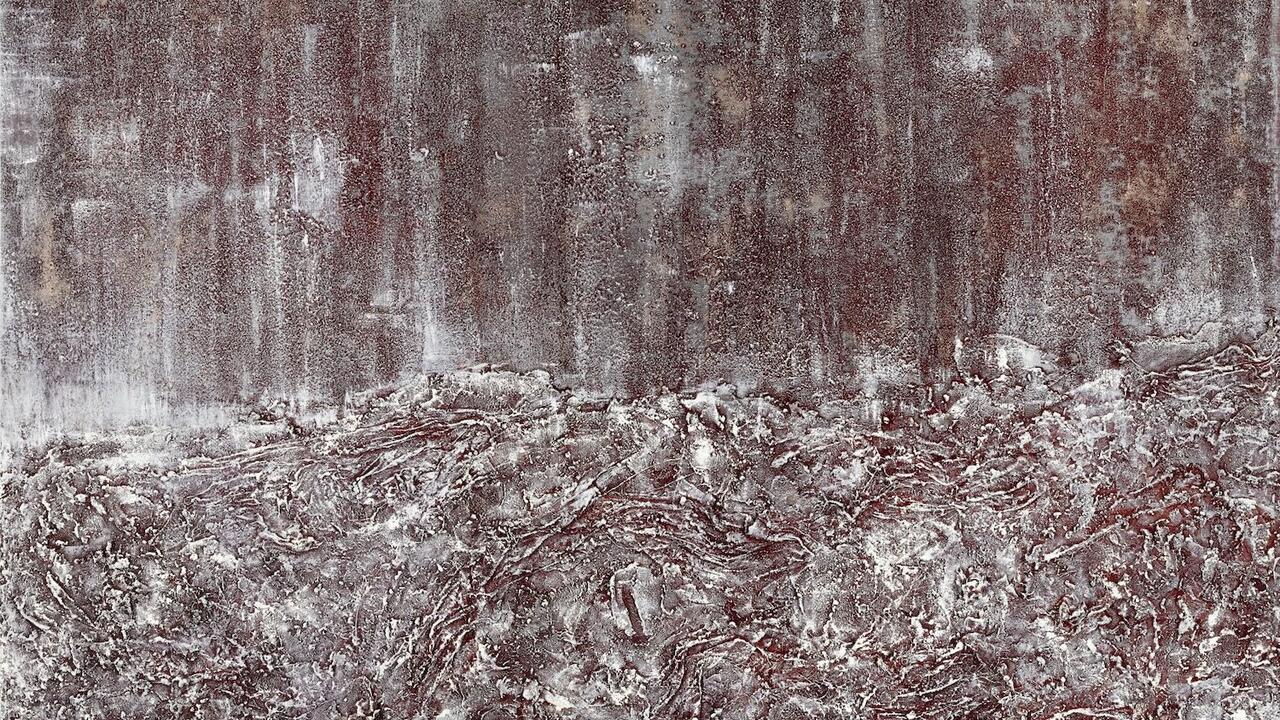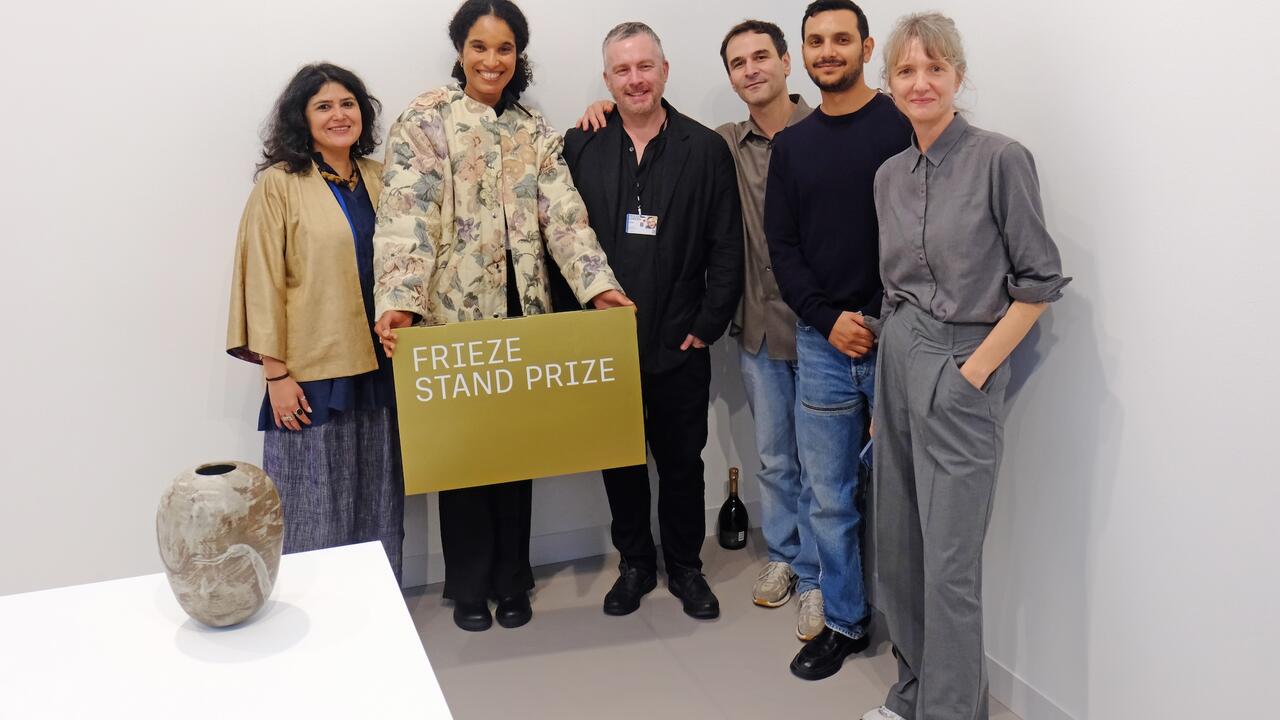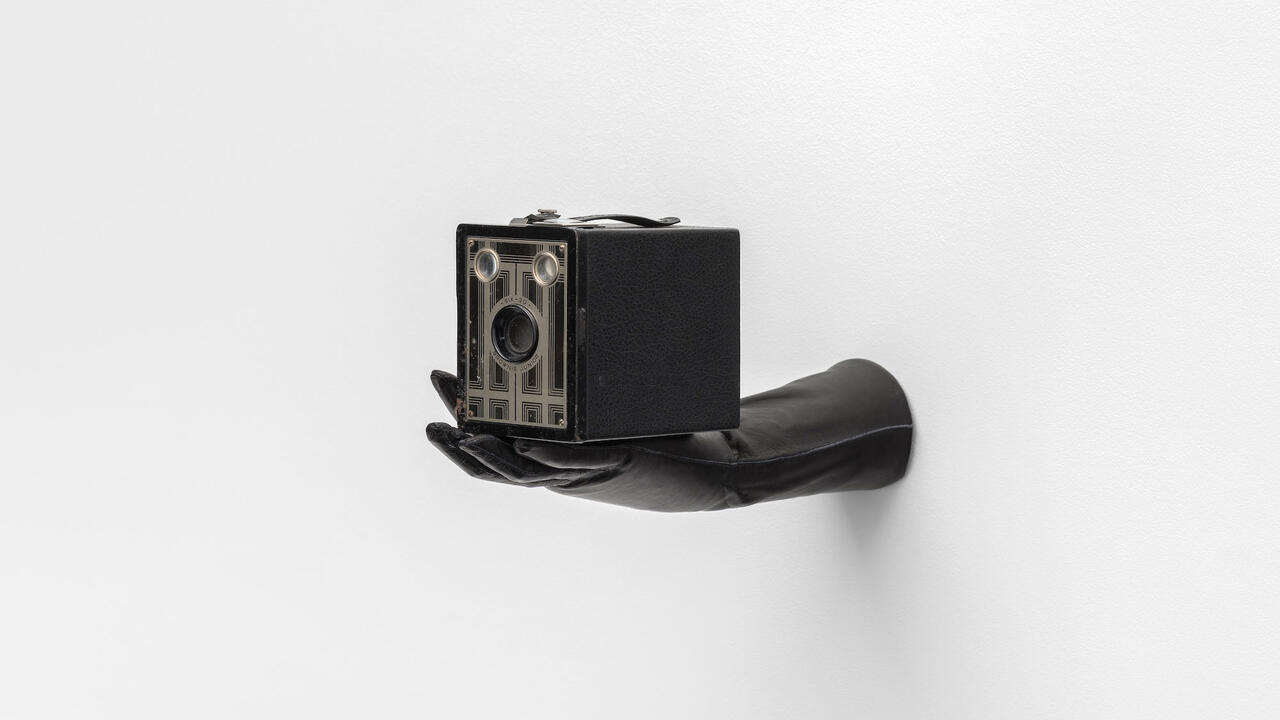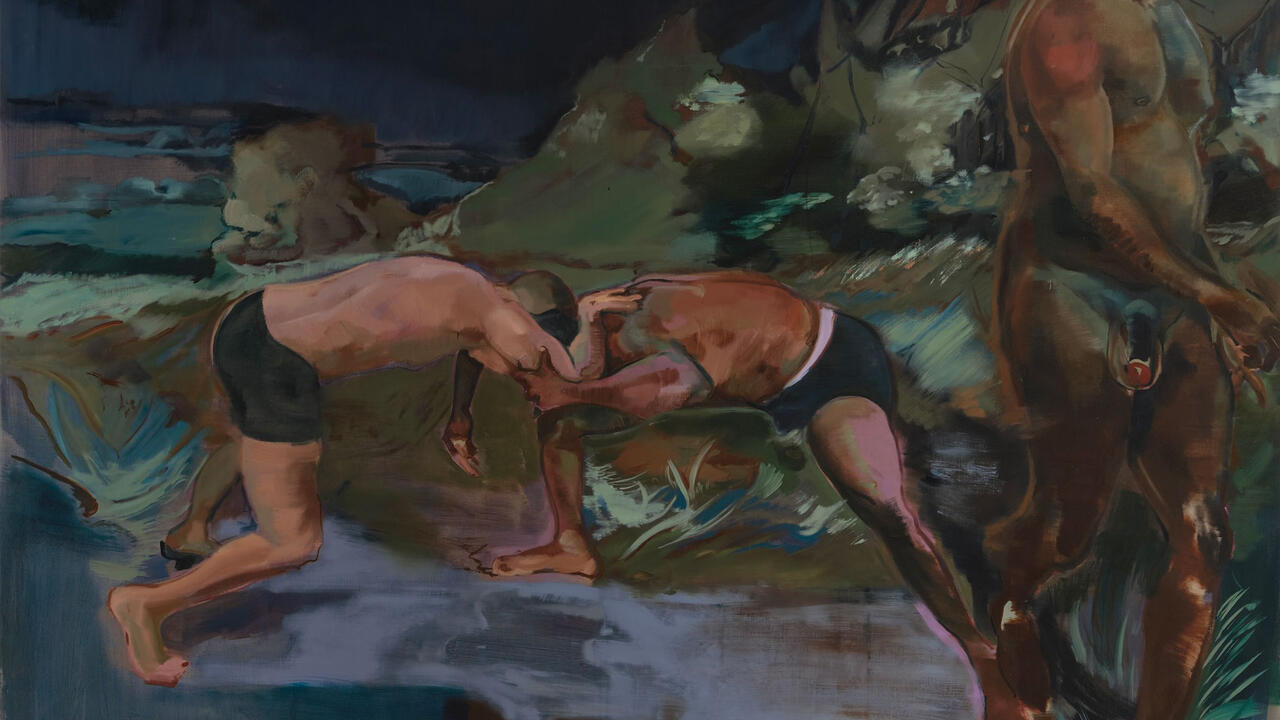Recessional Aesthetics
Business as usual? Hal Foster and David Joselit in conversation at X, New York
Business as usual? Hal Foster and David Joselit in conversation at X, New York

It is somewhat fitting that art historians Hal Foster and David Joselit would discuss ‘recessional aesthetics’ at X, a new, not-for-profit space provisionally housed in a four-storey Chelsea warehouse that was once home to Dia Center for the Arts.
The building − vacant since soon after Dia moved its permanent collection to Beacon, New York in 2003 − was sold a year and a half ago, but the current economic climate has prevented the new owners from finding a long-term tenant. As a result, gallerist Elizabeth Dee and some like-minded cohorts were granted the space to host X until next spring, after which its fate is uncertain. Thus, the recession created the possibility for X. This is exactly the kind of market-spurred possibility that was at the core of last Thursday’s discussion, titled ‘Recessional Aesthetics: New Publics or Business as Usual’.
More a series of worthwhile questions than a formal presentation of finished ideas, the event drew upwards of 300 people to West 22nd Street on a rainy and unseasonably cold evening. By the time Joselit, Professor of Art History at Yale, and Foster, Professor of Art and Archaeology at Princeton, shushed the crowd and started their PowerPoint nearly every seat was filled.

‘What we really want to do is propose a set of questions that might be relevant to the conditions we’re experiencing now,’ Joselit said, before listing eight queries (listed below), only the first five of which time and circumstance allowed the pair to address.

Screengrab from Joselit’s presentation
As is to be expected at this kind of affair, definitive answers were largely absent. (Indeed, at one point Foster quipped, ‘David and I know more about receding hairlines than we do about recessional aesthetics.’) Still, both speakers established certain telling themes in their approach to the questions. Joselit dealt evenly with the economic downturn’s impact on art’s various platforms. For him, a certain set of community-driven models has been in reserve, waiting for an appropriate historical moment in order to take hold. Whether the financial crisis provides that moment remains uncertain, but the possibility is certainly alive. By the same token, Joselit expressed that there is an opposite and equally significant chance for a consolidation of power, whereby a few deep-pocketed individuals and institutions could further their import at the expense of creative and institutional diversity.
Foster, in a far sunnier mood and displaying a self-described ‘obvious naiveté,’ seemed most interested in the potential of this historical moment to awaken a kind of revolutionary consciousness in artists and the art world. He continually suggested that the downturn would make it clearer that artists, artworks, fairs, art schools and journals were already commodified, and that there now exists the possibility for shaping a kind of liberating post-market existence.
As the talk advanced and the discussion turned to the fifth question, ‘How might art criticism become relevant again?’, critic Martha Schwendener, who was in the audience, stood to challenge the partisan quality of the phrase ‘a crisis in criticism’, which both Foster and Joselit had used in the course of their dialogue. Midway through her point she stopped and announced, ‘I think there is a crisis happening back here’, and gestured to a woman who had fainted in her seat. The crowd quickly parted, help arrived, and Foster and Joselit called it a night − an unexpected conclusion that was nevertheless somewhat fitting. After all, liminal spaces − be they temporary not-for-profits like X, economic disruptions, or even open and honest public dialogues − have starting points and end points too. Whether or not they activate lasting change is for history to decide.










